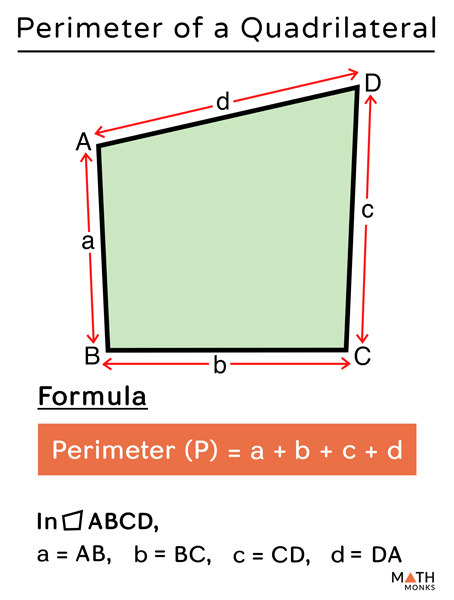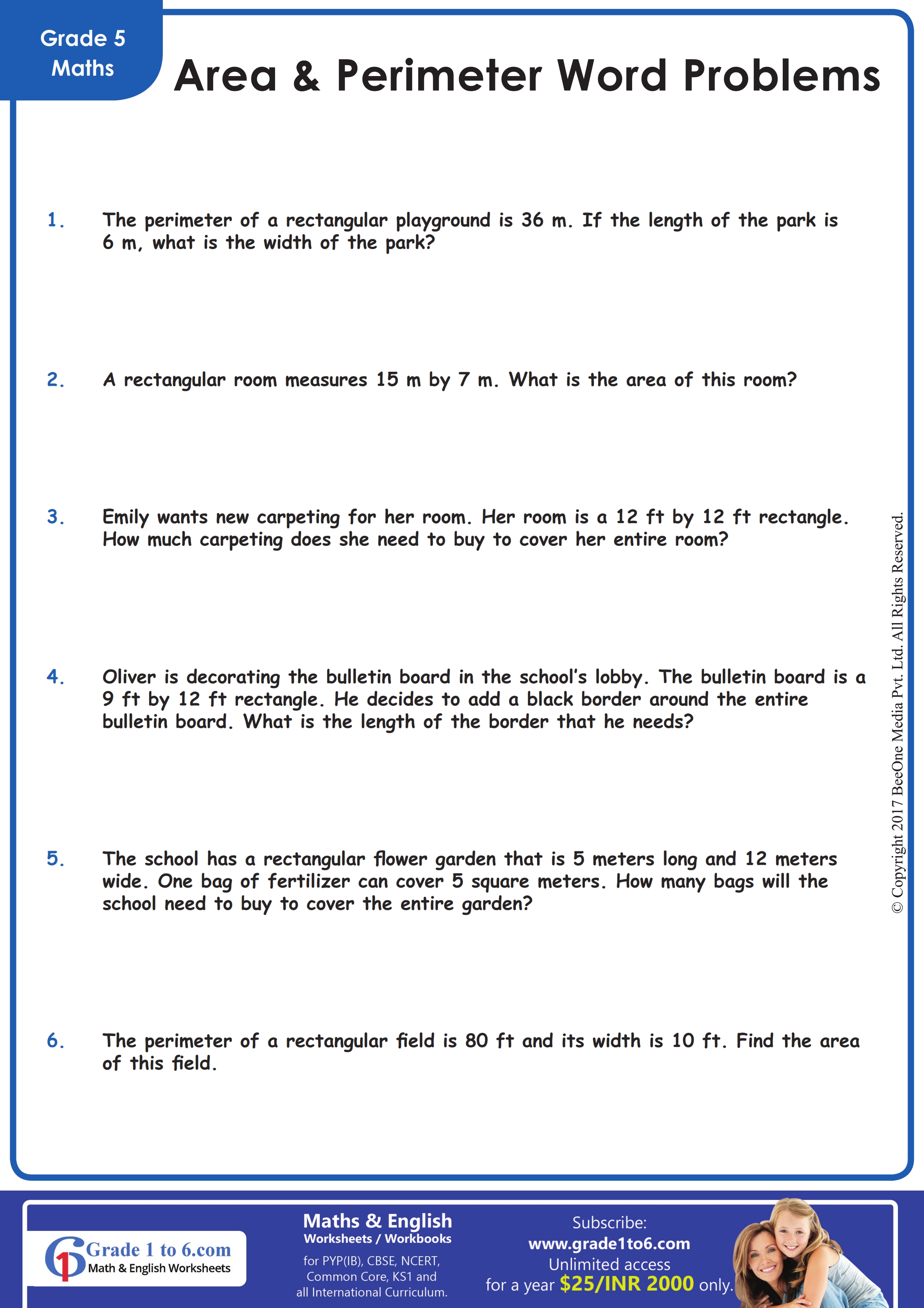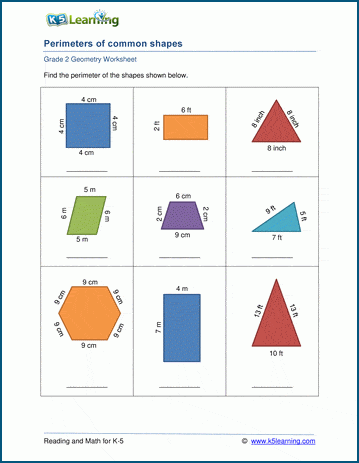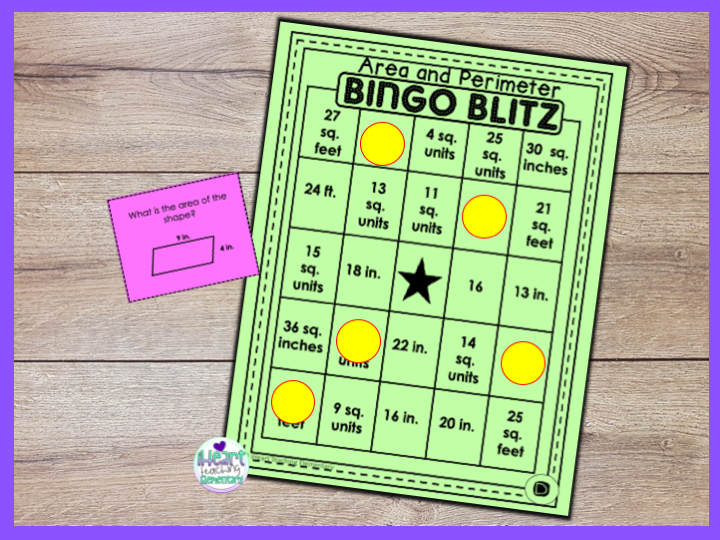Topic the perimeter of a quadrilateral: The perimeter of a quadrilateral is the sum of its four sides' lengths. Understanding how to calculate this is crucial for various real-world applications in fields like construction and design. In this guide, we explore the formulas, special cases, and practical examples to help you master the concept of quadrilateral perimeters.
Table of Content
- Perimeter of a Quadrilateral
- Introduction
- Basic Definition
- Types of Quadrilaterals
- Formulas for Special Quadrilaterals
- Examples and Practice Problems
- Finding the Perimeter with Coordinates
- Frequently Asked Questions (FAQs)
- YOUTUBE: Video 'Toán Học Cơ Bản - Chu Vi' giới thiệu khái niệm về chu vi và cách tính chu vi các hình đơn giản, đặc biệt là tứ giác. Thích hợp cho học sinh và người học muốn nắm vững kiến thức cơ bản về toán học.
Perimeter of a Quadrilateral
The perimeter of a quadrilateral is the total length of its boundary. It is calculated by adding the lengths of all four sides. The formula for the perimeter is:
\[ P = a + b + c + d \]
where \( a \), \( b \), \( c \), and \( d \) are the lengths of the sides of the quadrilateral.
Examples of Perimeter Calculation
- For a quadrilateral with sides 6 cm, 7 cm, 9 cm, and 10 cm, the perimeter is: \[ P = 6 + 7 + 9 + 10 = 32 \, \text{cm} \]
- For a quadrilateral with sides 4.5 m, 6.5 m, 8.5 m, and 11.5 m, the perimeter is: \[ P = 4.5 + 6.5 + 8.5 + 11.5 = 31 \, \text{m} \]
Perimeter of Special Quadrilaterals
- Rectangle: \[ P = 2(\text{length} + \text{width}) \]
- Square: \[ P = 4 \times \text{side} \]
- Rhombus: \[ P = 4 \times \text{side} \]
- Parallelogram: \[ P = 2(\text{side1} + \text{side2}) \]
- Kite: \[ P = 2(a + b) \] where \( a \) and \( b \) are the lengths of the pairs of adjacent sides.
Applications and Real-Life Examples
Quadrilaterals are common in various real-life objects such as tables, books, and screens. Understanding their perimeter helps in fields like architecture, engineering, and design.
Practice Problems
- Find the perimeter of a quadrilateral with sides 3 m, 4 m, 5 m, and 6 m.
- Calculate the perimeter of a rectangle with a length of 10 cm and a width of 5 cm.
- Determine the perimeter of a square with each side measuring 7 cm.
Practice solving these problems to enhance your understanding of calculating the perimeter of various quadrilaterals.

READ MORE:
Introduction
The perimeter of a quadrilateral is the total length of its boundary, calculated by summing the lengths of all four sides. Quadrilaterals include various shapes such as squares, rectangles, trapezoids, and kites, each with specific properties that can simplify the calculation. This section will provide a comprehensive overview of how to determine the perimeter of different types of quadrilaterals, including special cases and practical examples.
Basic Definition
The perimeter of a quadrilateral is the total distance around the outside of the figure. To find the perimeter, simply add up the lengths of all four sides. The general formula for the perimeter \( P \) of a quadrilateral is:
\[ P = a + b + c + d \]
Here, \( a \), \( b \), \( c \), and \( d \) represent the lengths of the four sides of the quadrilateral.
For example, if a quadrilateral has sides of lengths 5 cm, 7 cm, 8 cm, and 10 cm, the perimeter is calculated as:
\[ P = 5 + 7 + 8 + 10 = 30 \text{ cm} \]
In cases where you have the coordinates of the vertices of a quadrilateral, you can use the distance formula to find the lengths of the sides. The distance formula between two points \((x_1, y_1)\) and \((x_2, y_2)\) is:
\[ \text{Distance} = \sqrt{(x_2 - x_1)^2 + (y_2 - y_1)^2} \]
After finding the lengths of all sides, sum them to get the perimeter:
\[ P = \sqrt{(x_2 - x_1)^2 + (y_2 - y_1)^2} + \sqrt{(x_3 - x_2)^2 + (y_3 - y_2)^2} + \sqrt{(x_4 - x_3)^2 + (y_4 - y_3)^2} + \sqrt{(x_1 - x_4)^2 + (y_1 - y_4)^2} \]
Using these methods, you can find the perimeter of any quadrilateral, whether it is regular or irregular.
Types of Quadrilaterals
Quadrilaterals are four-sided polygons with various properties and classifications. Below are the primary types of quadrilaterals along with their defining properties:
- Square: All four sides are of equal length, and all angles are right angles (90 degrees). The diagonals are equal in length and bisect each other at right angles.
- Properties: Four equal sides, four right angles, equal diagonals that bisect each other at 90 degrees.
- Example: Chessboard.
- Rectangle: Opposite sides are equal in length, and all angles are right angles. The diagonals are equal and bisect each other.
- Properties: Opposite sides equal, four right angles, equal diagonals.
- Example: Book cover.
- Rhombus: All four sides are of equal length, but the angles are not necessarily right angles. The diagonals bisect each other at right angles and are not equal.
- Properties: Four equal sides, diagonals bisect at 90 degrees, opposite angles equal.
- Example: Diamond-shaped road sign.
- Parallelogram: Opposite sides are equal and parallel, and opposite angles are equal. The diagonals bisect each other but are not necessarily equal.
- Properties: Opposite sides equal and parallel, opposite angles equal, diagonals bisect each other.
- Example: Slanted rectangle.
- Trapezoid (US) / Trapezium (UK): Only one pair of opposite sides is parallel. The non-parallel sides are called legs, and the parallel sides are the bases.
- Properties: One pair of parallel sides, non-parallel sides called legs.
- Example: Table top with non-parallel legs.
- Kite: Two pairs of adjacent sides are of equal length. The diagonals intersect at right angles, and one diagonal bisects the other.
- Properties: Two pairs of adjacent equal sides, diagonals intersect at right angles.
- Example: Traditional kite.
Each type of quadrilateral has unique properties that distinguish it from the others, and understanding these properties helps in identifying and working with these shapes in various geometric problems.
Formulas for Special Quadrilaterals
Each type of quadrilateral has its own unique properties and formulas for calculating its perimeter. Here are the formulas for some common special quadrilaterals:
- Square: A square has four equal sides and four right angles. The perimeter formula is: \[ P = 4a \] where \( a \) is the length of a side.
- Rectangle: A rectangle has opposite sides that are equal and four right angles. The perimeter formula is: \[ P = 2(l + w) \] where \( l \) is the length and \( w \) is the width.
- Rhombus: A rhombus has four equal sides with opposite angles equal. The perimeter formula is: \[ P = 4a \] where \( a \) is the length of a side.
- Trapezoid: A trapezoid has only one pair of parallel sides called bases. The perimeter formula is: \[ P = a + b + c + d \] where \( a \) and \( b \) are the lengths of the non-parallel sides, and \( c \) and \( d \) are the lengths of the parallel sides.
- Kite: A kite has two pairs of adjacent sides that are equal. The perimeter formula is: \[ P = 2(a + b) \] where \( a \) and \( b \) are the lengths of the pairs of equal sides.
- Parallelogram: A parallelogram has opposite sides that are equal and parallel. The perimeter formula is: \[ P = 2(a + b) \] where \( a \) is the length of one pair of opposite sides and \( b \) is the length of the other pair.
These formulas allow for easy calculation of the perimeter for each specific type of quadrilateral, aiding in various applications in geometry and beyond.

Examples and Practice Problems
Understanding the perimeter of a quadrilateral can be enhanced by working through some examples and practice problems. Below are a few examples to illustrate how to calculate the perimeter of different types of quadrilaterals:
- Example 1: Find the perimeter of a rectangle with length 8 units and width 5 units.
Solution: The formula for the perimeter of a rectangle is \( P = 2(l + w) \).
Calculation: \( P = 2(8 + 5) = 2 \times 13 = 26 \) units.
- Example 2: Calculate the perimeter of a square with each side measuring 6 units.
Solution: The formula for the perimeter of a square is \( P = 4a \).
Calculation: \( P = 4 \times 6 = 24 \) units.
- Example 3: Determine the perimeter of a rhombus where each side is 9 units.
Solution: The formula for the perimeter of a rhombus is \( P = 4a \).
Calculation: \( P = 4 \times 9 = 36 \) units.
- Example 4: Find the perimeter of a trapezoid with sides 7 units, 9 units, 12 units, and 14 units.
Solution: The perimeter of a trapezoid is found by adding all the sides: \( P = a + b + c + d \).
Calculation: \( P = 7 + 9 + 12 + 14 = 42 \) units.
- Example 5: A kite has sides of lengths 10 units and 15 units. Find its perimeter.
Solution: The formula for the perimeter of a kite is \( P = 2(a + b) \).
Calculation: \( P = 2(10 + 15) = 2 \times 25 = 50 \) units.
Try solving the following practice problems to further your understanding:
- Calculate the perimeter of a rectangle with length 12 units and width 8 units.
- Find the perimeter of a square where each side is 11 units.
- A rhombus has sides of length 7 units. What is its perimeter?
- Determine the perimeter of a trapezoid with sides measuring 5 units, 6 units, 8 units, and 9 units.
- Find the perimeter of a kite with sides 13 units and 20 units.
By practicing these problems, you'll become more proficient at calculating the perimeter of various quadrilaterals.
Finding the Perimeter with Coordinates
When the vertices of a quadrilateral are known, the perimeter can be calculated using the distance formula to find the lengths of the sides, and then summing these lengths. Follow these steps to find the perimeter:
Identify the coordinates of the vertices of the quadrilateral. Let the vertices be \( A(x_1, y_1) \), \( B(x_2, y_2) \), \( C(x_3, y_3) \), and \( D(x_4, y_4) \).
Calculate the distances between each pair of consecutive vertices using the distance formula:
\[ \text{Distance} = \sqrt{(x_2 - x_1)^2 + (y_2 - y_1)^2} \]
Apply this formula to find each side length:
- \( AB = \sqrt{(x_2 - x_1)^2 + (y_2 - y_1)^2} \)
- \( BC = \sqrt{(x_3 - x_2)^2 + (y_3 - y_2)^2} \)
- \( CD = \sqrt{(x_4 - x_3)^2 + (y_4 - y_3)^2} \)
- \( DA = \sqrt{(x_4 - x_1)^2 + (y_4 - y_1)^2} \)
Sum the lengths of all the sides to get the perimeter:
\[ P = AB + BC + CD + DA \]
For example, let's consider a quadrilateral with vertices \( A(1, 2) \), \( B(4, 5) \), \( C(7, 8) \), and \( D(2, 3) \). Calculate the lengths of the sides as follows:
- \( AB = \sqrt{(4 - 1)^2 + (5 - 2)^2} = \sqrt{9 + 9} = \sqrt{18} \approx 4.24 \)
- \( BC = \sqrt{(7 - 4)^2 + (8 - 5)^2} = \sqrt{9 + 9} = \sqrt{18} \approx 4.24 \)
- \( CD = \sqrt{(7 - 2)^2 + (8 - 3)^2} = \sqrt{25 + 25} = \sqrt{50} \approx 7.07 \)
- \( DA = \sqrt{(2 - 1)^2 + (3 - 2)^2} = \sqrt{1 + 1} = \sqrt{2} \approx 1.41 \)
Then, the perimeter is:
\[ P = 4.24 + 4.24 + 7.07 + 1.41 = 16.96 \text{ units} \]
Frequently Asked Questions (FAQs)
- What is a quadrilateral?
A quadrilateral is a polygon with four sides, four vertices, and four angles. The sum of its interior angles is always 360 degrees.
- What are the types of quadrilaterals?
There are several types of quadrilaterals, including:
- Square: All sides and angles are equal.
- Rectangle: Opposite sides are equal and all angles are 90 degrees.
- Rhombus: All sides are equal, but angles are not 90 degrees.
- Parallelogram: Opposite sides are parallel and equal.
- Trapezoid: Only one pair of opposite sides is parallel.
- Kite: Two pairs of adjacent sides are equal.
- How do you find the perimeter of a quadrilateral?
To find the perimeter of a quadrilateral, sum the lengths of all four sides:
\[ P = a + b + c + d \]
- What if one side length is missing?
If one side length is missing, use the properties of the quadrilateral or any additional information given (like the total perimeter) to find the missing length.
- How do you find the perimeter of a quadrilateral with an inscribed circle?
For a quadrilateral with an inscribed circle (tangential quadrilateral), you can use the formula:
\[ P = 2(s) \] where \( s \) is the semiperimeter (half of the perimeter).
- What are common properties of all quadrilaterals?
All quadrilaterals have four sides, four angles, and the sum of their interior angles is always 360 degrees.
- How do you find the area of a quadrilateral?
The area formula depends on the type of quadrilateral. For example, the area of a rectangle is found using:
\[ \text{Area} = \text{length} \times \text{width} \]
For a general quadrilateral, if the lengths of the diagonals and the angle between them are known, you can use Brahmagupta's formula.
Video 'Toán Học Cơ Bản - Chu Vi' giới thiệu khái niệm về chu vi và cách tính chu vi các hình đơn giản, đặc biệt là tứ giác. Thích hợp cho học sinh và người học muốn nắm vững kiến thức cơ bản về toán học.
Toán Học Cơ Bản - Chu Vi
READ MORE:
Video 'Cách Tìm Chu Vi Của Một Tứ Giác' hướng dẫn chi tiết cách tính chu vi của các loại tứ giác khác nhau, giúp người học hiểu rõ và áp dụng vào thực tế. Phù hợp cho bài viết về chu vi tứ giác.
Cách Tìm Chu Vi Của Một Tứ Giác














